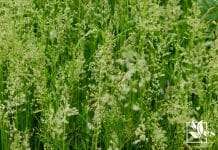Creeping red fescue pros and cons knowledge will help you finally decide if it is the best kind of grass specifically for your lawn. Some pros are its tolerance of the elements and then again they are slow growers.
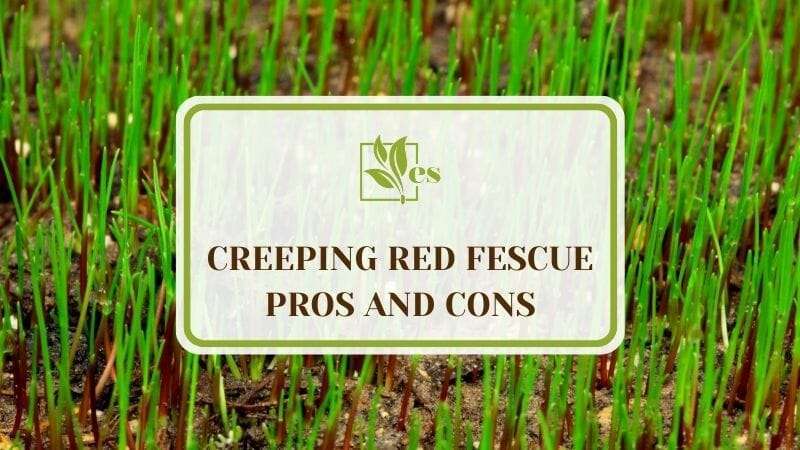
Let’s learn more about this grass variety in detail to help you come to the correct decision.
JUMP TO TOPIC
What Are the Pros of Creeping Red Fescue?
The pros of creeping red fescue are numerous – being drought, heat, and cold tolerant, retaining moisture, being quick to germinate, having low cost, and requiring low maintenance are factors. These are also the reasons why this grass variety is becoming more popular in cool humid locations around the world.
As a quick background, creeping red fescue or Festuca rubra is an ornamental plant ideal for shady lawns or gardens. It is primarily used as turf grass. Creeping red fescue is one of the five major species of fine fescue. The four others are the hard fescue, chewings fescue, sheep fescue, and slender creeping red fescue.
Fine fescues are considered one of the most common grass types that are widespread in the cooler temperate regions of the north, together with other grass varieties like Kentucky bluegrass, rough bluegrass, and perennial ryegrass.
Creeping red fescue is a perennial lawn grass that is often planted for its lovely, soft, emerald-green blades. It is also easy to grow and maintain, which people usually look for when deciding on turf to install in their yard.
However, before we discuss all the other characteristics that make creeping red fescue a good choice, let us go into detail and tackle the pros and cons of this turf grass.
– Drought, Heat, and Cold Resistant
The best advantage of creeping red fescue is that it can withstand drought. It can grow and thrive in dry areas. So, you will not have to worry if you forget to water your yard or you do not really have the time to water your turf frequently.
And, while being classified as cool season grass that can survive frosts and winters, creeping red fescue also withstands heat, which we can agree to be the best characteristic of lawn grass. They are perfectly green and healthy all throughout any season. It really is the best of both worlds!
– Low Maintenance
Another top advantage of creeping red fescue is that it only requires low maintenance and care. This is especially great if you are an owner of a big yard and do not have the luxury of time to do lawn care regularly.
Once a month’s mowing, an occasional watering during extreme heat, and light feeding are enough to keep your lawn tidy and your red fescue grass thriving all year round.
– Inexpensive
Having creeping red fescue allows you to save not just on money but also on time. This is the only grass variety that has this kind of advantage.
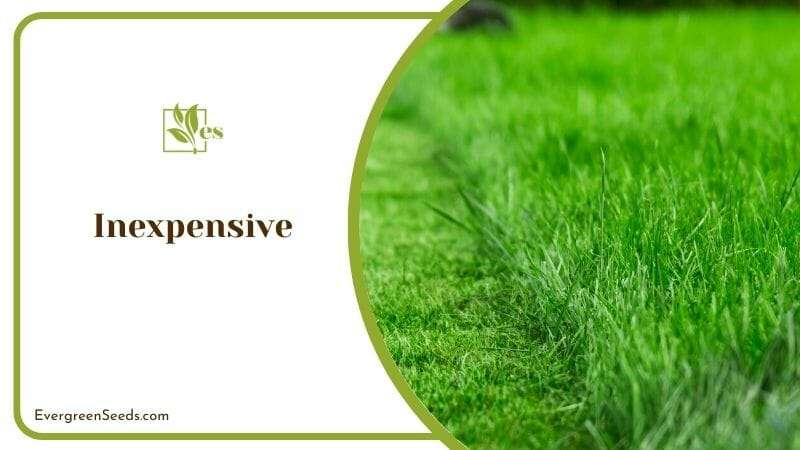
Given that it requires less watering, feeding, and other lawn maintenance activities, such as mowing, dethatching, and weeding, you will end up saving more money than when you have other cool-season grasses. You will enjoy your relaxing green lawn without having to hurt your pocket too much. Other grasses are very expensive to grow and maintain.
– Can Retain Moisture
The roots of this grass have the ability to retain moisture, which allows them to perform optimally, even without frequent watering on your end. This grass can thrive and prosper by getting moisture through the roots that run deeply underground. This is also the reason why it is still a good choice even if you live in very hot areas.
– Germinates Rapidly
Creeping red fescue germination time only takes about 12 to 24 days. After sowing and having the ideal soil moisture and temperature, you will notice signs of growth. It also spreads quickly, which makes it the ideal ground cover.
– Can Thrive in Poor, Sandy Soil
Another positive aspect of creeping red fescue is it can thrive even in poor sandy soil, so if there is an area in your lawn that is not desirable for other seeds, try sowing creeping red fescue seed, and it will establish itself and cover your bare ground in no time.
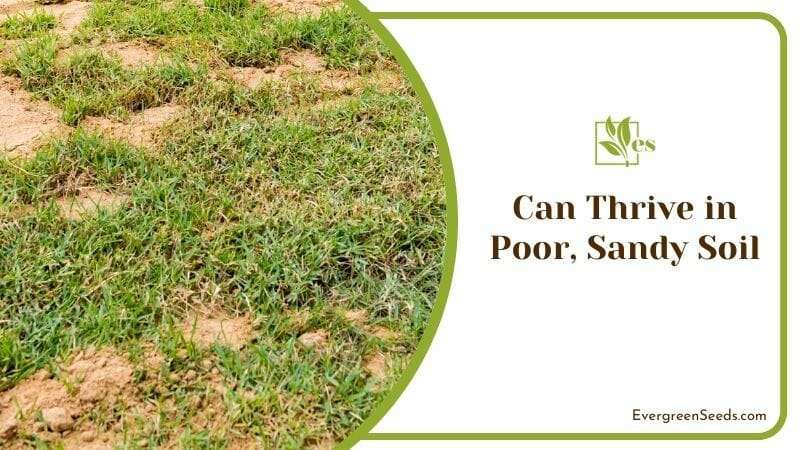
What Are the Pros of Creeping Red Fescue?
The cons of keeping creeping red fescue grass are facts such as that it only has a slow-growing ability, is vulnerable to waterlogging, pest infestations, and diseases. Other disadvantages include that it develops brown patches during the hot season, requires overseeding, and is not accommodating to receiving heavy traffic.
These things are useful to know and understand in order for you to easily determine if creeping red fescue is perfect for your lawn and for the growing conditions in the area where you live. Let us start digging and identify each con of creeping red fescue.
– Slow Grower
While one of the pros of creeping red fescue is that it germinates rapidly and quickly as we have mentioned above, being a slow grower is one of its cons. Yes, it can easily germinate and spread through creepers, but red fescue does not grow vertically as fast as it spreads horizontally.
This occurs because it pours out its energy on establishing deep roots and forming dense mats first before shooting up stalks.
If you are the kind of homeowner who enjoys mowing your lawn on a regular basis, the creeping red fescue’s slow-growing ability might also affect your bond with your lawn as it would take at least a month before you can mow it again.
– Requires Overseeding
Creeping red fescue grass might require numerous reseeding cycles after germination because as it grows, you will notice the growth gaps that make some areas of your lawn look thin and patchy.
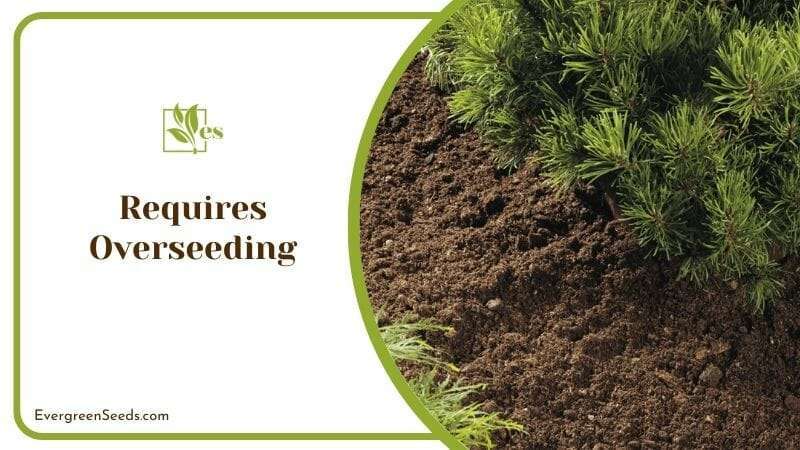
This will require you to plant grass seed a number of times. However, if you do not want this kind of inconvenience, creeping red fescue is not for you.
– Vulnerable to Waterlogging
Waterlogging happens when your soil is not well-draining or you live in an area where rainfall occurs most of the time. So, if you think that your soil does not drain well or your lawn holds lots of pools and puddles, then this grass might not be the perfect one for your lawn.
Creeping red fescue likes to stay dry, and damp soil can harm it seriously as it might result in pest infestations and fungal diseases.
– Susceptible to Pests and Diseases
With creeping red fescue being vulnerable to waterlogging, having consistently wet conditions makes it susceptible to fungal diseases and pests, which commonly target their new growth.
Your creeping red fescue might also be a home for pests like webworms, ants, and thrips, which will have a lot of places to hide. Creeping red fescue is most prone to diseases like Helminthosporium, red thread, Fusarium patch, and Typhula blight.
– Develops Brown Patches in Summer
Although creeping red fescue is heat tolerant, it is still subject to developing brown patches due to grass blades and the runners that die off altogether, which typically happens because of the extreme heat of the summer that occurs for a prolonged period.
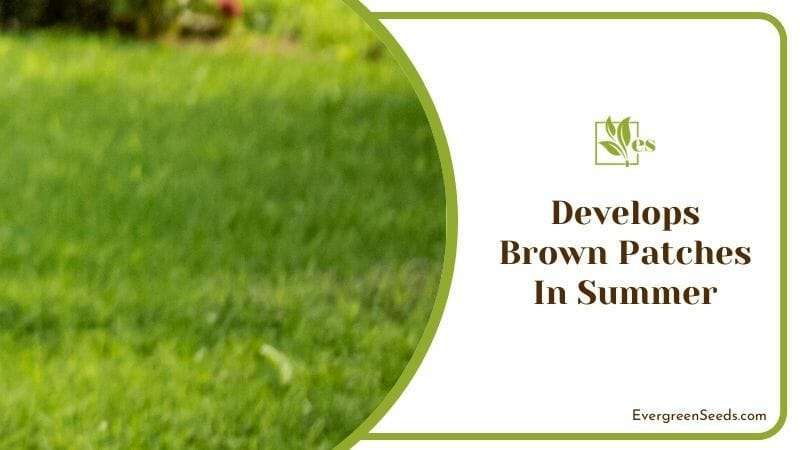
So, if you live in regions with hot temperatures all year round, you need to consider this disadvantage.
– Not Suitable for Backyard
If you are a homeowner with kids who love to play and run in the yard, having the creeping red fescue might cause you inconvenience for being quick to wear and tear. Creeping red fescue can only tolerate an average amount of traffic.
Comparing Creeping Red Fescue vs Tall Fescue
Tall fescue and creeping red fescue are cool-season grasses that belong to the same family Poaceae and genus Festuca, which are sometimes mistaken as the same species.
The common name tall fescue is referring to the Festuca arundinacea, whereas creeping red fescue is the common name referring to Festuca rubra.
– Installation
If you are planning to install either of the two, you can consider using the outsidepride legacy fine fescue grass seed or scotts mix turf builder grass seed that mostly consists of creeping red fescue and pennington rebels tall fescue grass seed for tall fescue.
– Appearance
Going back to their differentiation, the first difference you will notice between these grasses is their distinctive appearances. Creeping red fescue has narrow and stiff blades with a smooth texture, whereas tall fescue has broad and rough blades.
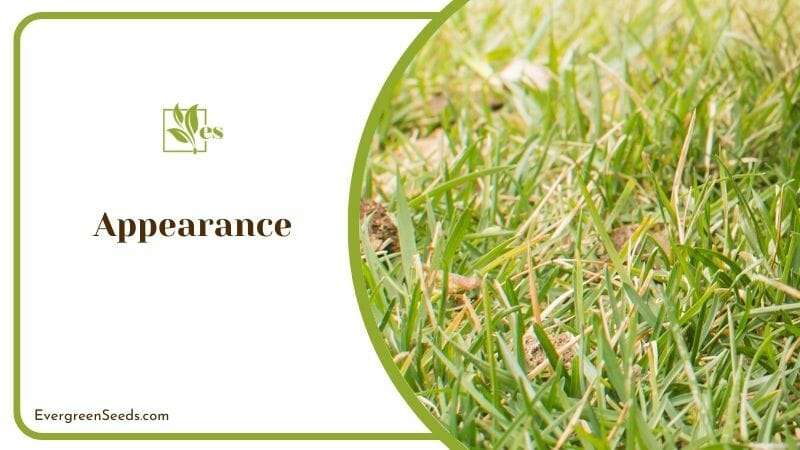
Creeping red fescue and tall fescue are both perfect to use on a shady lawn, but creeping red fescue prefers places without too much traffic. In contrast, tall fescue can handle areas with an above average amount of traffic – whether pedestrians of otherwise.
– Water Needs
The creeping red fescue will stay greener for a long period of hot season or drought, whereas tall fescue performs better in damp and wet conditions. Creeping red fescue will develop brown patches and fungal disease in drenched soil. In contrast, tall fescue still thrives even under periods of heavy rain.
– Reaction to Traffic
They both do well even when planted on a slope. However, creeping red fescue will easily wear down and take a longer time to recover after traffic or crushing pressure on the lawn, whereas tall fescue is durable and can recover faster when pulled up, cut, or crushed due to traffic. Also, make sure no diesel spills from a car because it will kill your grass.
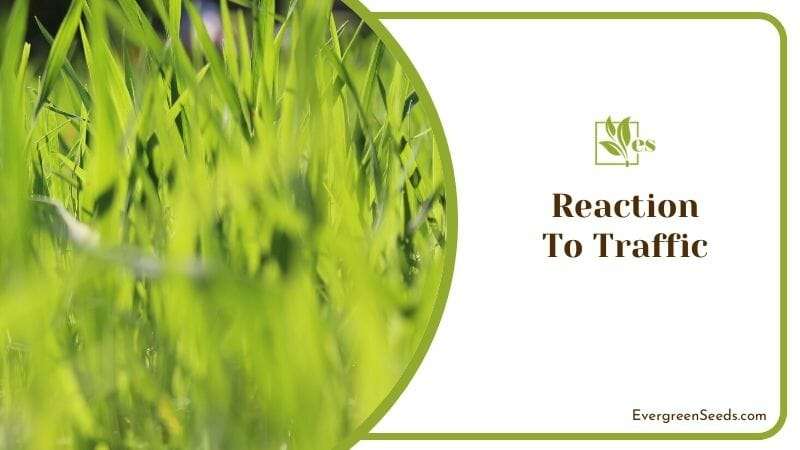
Although the two varieties are so close to each other and frequently confused, they have these and many other differences that we can discuss, but to conclude, each of these lawn grasses have their own advantages and disadvantages that growers should consider first.




